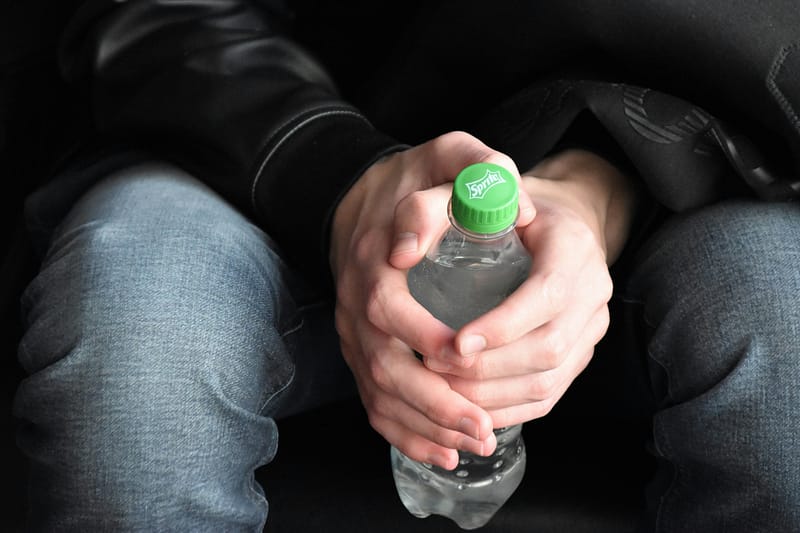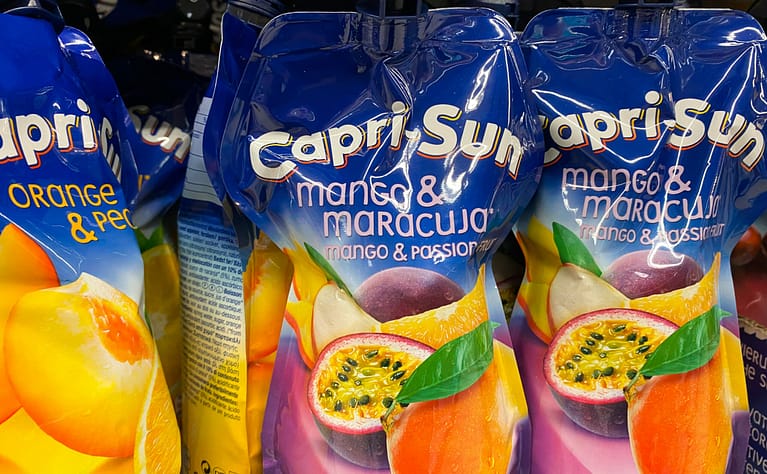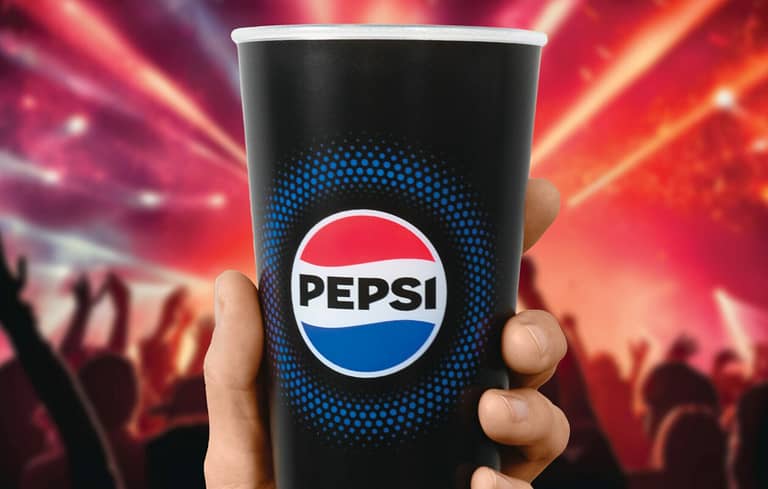Coca-Cola UK Trials Label-Free Bottles to Reduce Waste and Streamline Recycling Processes
Thomas Reiner | 20.03.2024
Coca-Cola has embarked on an interesting trial to eliminate labels from its Sprite and Sprite Zero bottles, aiming to streamline the recycling process and minimize material use. The UK-based initiative is running from January to March 2024 in select Tesco Express Stores. By adopting label-free designs, featuring embossed logos and laser-engraved product information, Coca-Cola navigates the balance between brand identity and environmental responsibility. The broad transferability of the principle for other, less iconic brands and products is still questionable, as Coca Cola’s purist solution does, after all, strips its Packaging key communication levels associated with labeling such as differentiated Color, imagery, textures etc.
Coca-Cola Great Britain’s VP of Franchise Operations, Dusan Stojankic, outlines the label-free trial for 500ml Sprite bottles as a step towards reducing packaging complexity and fostering more efficient recycling. By scrapping labels, the company aims to eliminate the separation process in recycling, leveraging clear, 100% recycled PET bottles with permanent, informative embellishments.
Strategic Locations and Execution
The trial spans January to March 2024, targeting consumers through eight Tesco Express Stores in key UK cities, including Brighton and Hove, Bristol, London, and Manchester. This initiative not only tests the waters for consumer and retailer reception but also serves as a trial for the potential in broader application.
The focus of the testing is to monitor whether consumers understand the “unbranded” products as the old familiar ones or need further supporting information to have the same access and connection to it as through the traditional packaging.
Coca-Cola is keen on gauging the trial’s success through consumer and retailer feedback, with an eye on potentially scaling the initiative. The trial also serves as a litmus test for consumer adaptability to label-free designs and the effectiveness of alternative product identification methods.
Maintaining Information, Brand and Product Recognizability
The challenge lies according to Coca Cola in ensuring that essential product information remains accessible without the traditional paper or plastic labels. The solution to this problem employs cutting-edge technology to emboss the iconic Sprite logo directly onto the front of the bottle, offering a tactile and visually distinct brand recognition.
Understanding the importance of brand and product recognition, the company ensures that the Sprite and Sprite Zero bottles remain distinguishable. This is achieved through color-coded caps—green for Sprite and transparent for Sprite Zero—maintaining visual differentiation.
Furthermore, the back of these clear, 100% recycled PET bottles undergo a transformation with laser-engraved details, meticulously etching all necessary product information typically found on labels in printed form.
Beyond the visual and tactile modifications, Coca-Cola introduces a modern solution to the absence of conventional traffic light nutrition labels. Recognizing the importance of maintaining consumer access to product details, each bottle features a laser engraved QR code. When scanned, this QR code directs consumers to a webpage hosting comprehensive product information, including nutritional facts and ingredients, effectively bridging the gap between minimalist design and informed purchasing decisions.
Underpinning Sustainability Goals
The Bottles showcase Coca Colas commitment to innovation without compromising on consumer engagement and regulatory compliance, marking an innovative approach in the evolution of packaging design.
It furthermore aligns with Coca-Cola’s sustainability strategy, aiming to enhance circularity and reduce environmental footprints through innovative packaging solutions. The label-free bottle is part of a suite of measures, including transitioning away from colored rPET and introducing bottles with attached caps, to mitigate packaging’s ecological impacts.
Thought Trough Trial with Remaining Questions
The shift towards label-free packaging by Coca-Cola for its Sprite line is understandable and quite sophisticated. It pays in on the targeted climate and sustainability goals of the company without losing the sight on consumer adaptability.
Yet the Solution raises questions about its feasibility for less iconic brands and products. Labels not only serve as a branding vehicle but also as a vital communication tool to consumers. The absence of traditional labeling might not translate as effectively for brands lacking Sprite’s distinct recognition and market presence.
Consumer acceptance of such minimalist packaging remains yet uncertain, though Coca-Cola’s venture could resonate well amidst growing demands for visibly sustainable options. The strategy to depict plastic as an advantageous material concerning its recyclability mirrors successful narratives around other materials that have a visual representation of their own alleged “sustainable character” such as paper, glass or aluminum.
Image Source: © Unsplash




